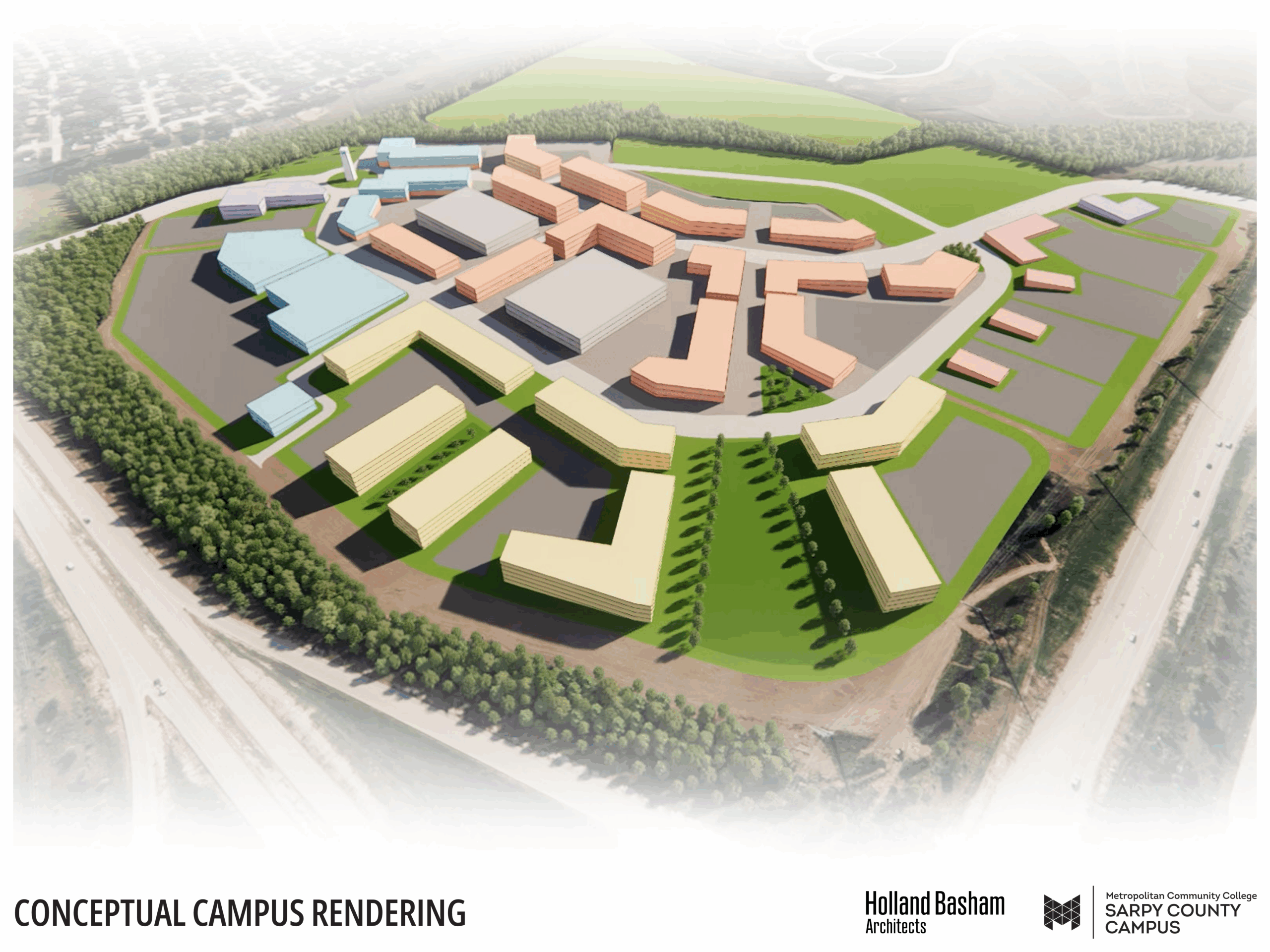
In 2011 state-by-state ranking, Nebraska came in dead last in venture capital deals with exactly zero. By 2015, Nebraska had jumped to 25th nationally with 13 deals totaling nearly $120 million.*
So what changed? Some credit the Nebraska Business Innovation Act (BIA) for priming the pump. The BIA is administered by the Nebraska Department of Economic Development, and the programs are managed by Joe Fox, Nisha Avey, and Ben Kuspa.
“Since the Business Innovation Act was passed in 2011, there’s been a dramatic increase that correlates with venture capital coming into the state,” said Dan Hoffman, CEO of Invest Nebraska. “Things are going really well.”
Invest Nebraska is a public-private partnership with the Nebraska Department of Economic Development that makes equity investments in early-stage companies with high growth potential. Their capital base is supplemented by philanthropy and partnerships with other venture capital organizations, and they work across the state in communities like Hastings and Norfolk as well as Omaha and Lincoln.
“So far this year we’ve invested $2 million, more than ever before at this point in the year,” Hoffman said. “New companies are coming out of the woodwork, and more previously funded companies are hitting their stride.”
According to a 2016 report by Dr. Eric Thompson of the UNL Bureau of Business Research**, grants and investments under the BIA are being leveraged into additional financing, in some cases from outside the state.
“The analysis finds that Nebraska businesses have attracted considerable investment in relation to the support received from Business Innovation Act programs,” the report said. “Businesses receiving support have raised $6.72 in capital for every $1 of state funding.”
Some of this additional investment is coming from organizations like the Nebraska Angels.
“Nebraska Angels’ investments so far this year are higher than any full year in the past,” said Brock Smith, Senior Associate with Invest Nebraska. “That is huge. And out-of-state venture funds are investing multiple times in the state.”
Besides dollars, the growing startup ecosystem in the region is attracting outside entrepreneurs and talent. And sometimes they bring investments as well as companies and people.
“A founder who just moved his company from Silicon Valley to Lincoln has already made an angel investment in another local company,” Smith said. “And it’s not just software. There are two or three sizeable bioscience deals coming together.”
Another feature of the BIA that is attracting startups from outside Nebraska is the possibility of obtaining matching funds for federal Small Business Innovation Research (SBIR) Phase I grants.
“SBIR Phase I funds have to be totally devoted to research and can’t be used for operations,” Smith said. “The state matching grants allow someone to operate their business while doing the research. We have at least two founders that I’m aware of in the last 18 months that have moved to Nebraska because of that.”
Funding for the BIA has been affected by recent cuts in the state budget.
“Compared to other states, we’re holding our own right now,” Smith said. “But every $250,000 in cuts means that one or two businesses won’t get funded.”
Programs focused on startups and entrepreneurs are a much longer-term play compared to more traditional economic development tools like tax incentives.
“People are used to seeing projects where tax incentives are used for impact in the short term,” Hoffman said. “This takes ten years to get a company all the way through to a possible exit.”
Hoffman and Smith both see the startup community in Nebraska trending in the right direction.
“Probably in the last five years, the infrastructure has slowly been put into place with more emphasis on startups,” Hoffman said. “Individuals are becoming more aware of financing startup companies.”
And the process is iterative.
“Maturation of the ecosystem is a continual process,” Smith said. “The difference from 2 or 3 years ago is significant. Founders and community support systems are increasing their understanding of the expectations of a high growth company.”
*Source: PriceWaterhouseCoopers MoneyTree Report.
**Source: The Annual Economic Impact of Businesses Supported by Nebraska Business Innovation Act Programs – 2016 Update. University of Nebraska-Lincoln Bureau of Business Research.
—
Rod Armstrong is Vice President of Strategic Partnerships for AIM in Lincoln, Nebraska. He is a regular contributor to Silicon Prairie News.





2 responses to “Invest Nebraska brings capital raises to state’s communities”
[…] This post originally appeared on Silicon Prairie News. […]
[…] post originally appeared on Silicon Prairie News […]